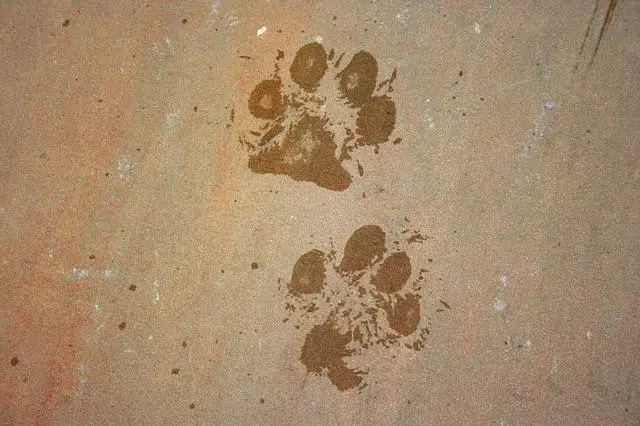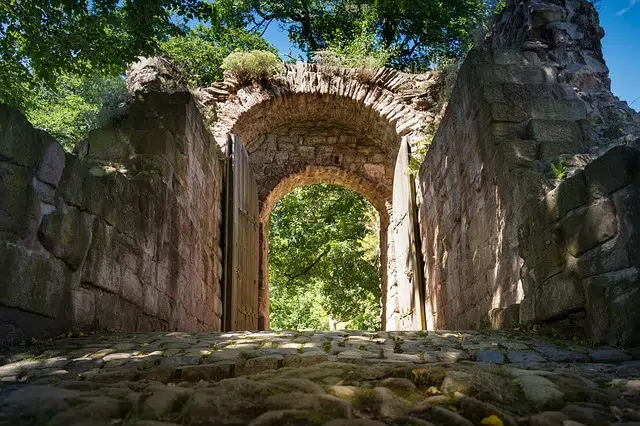
A trace can be a footprint.
Vestige comes from the Latin word vestigĭum . The term has several meanings and is used to name the pieces , remains or traces of something, whether physical or symbolic.
For example: "Inca vestiges can be seen in a good part of South America" , "There are no longer any vestiges of English domination in the city" , "No vestiges suggest that a terrible homicide took place in this house" , " There are no traces of his past drug addiction .
The vestige as an indication
A vestige is also an indication that allows us to advance with an investigation or reach a discovery through an inference: "The experts found vestiges on the ground that have allowed them to reinforce their hypotheses," "Their presence in the stadium is a vestige about their possible hiring that has unleashed a wave of rumors .
In this sense, and with respect to the aforementioned meaning, we can establish that the term we are addressing is used very frequently in the field of criminology. In this science, which is responsible for studying both the causes and the different circumstances surrounding a crime in addition to analyzing the personality of the criminals who have carried it out, the aforementioned concept is used to refer to all that material that is likely to be linked to the criminal act.
It is important to establish the nuance that at the beginning with said vestige there is no absolute certainty that it is totally and absolutely linked to the aforementioned violation of the law, but once it is ruled that it is, it goes from being a simple vestige to becoming in what is evidence. This can be defined as a manifest certainty that is impossible to doubt.

The ruins of a construction can be considered vestiges.
a footprint
The concept of vestige can be used as a synonym for footprint (the mark that the paw of an animal or the foot of a human being leaves on the ground).
"The remains in the field allow us to infer that the cows were attacked by a puma or another large feline." y «The wind erased the traces that, with its extensive walk, it had left on the beach» son frases que evidencian este uso.
The vestige as a resource to reconstruct the past
The vestiges are, in short, what allows us to reconstruct something from the past . It may be a building or another material thing (as in the case of ruins that make it possible to know how past civilizations lived) or signs from which one can start to understand something abstract or symbolic (a certain tone of voice that transmits anguish). .
Thus, for example, in the Mexican city of Mérida, in the state of Yucatán, we find a multitude of archaeological remains that bear witness and proof of the existence of the well-known Mayan culture. Specifically, in said city there are remains of it from both the classical and postclassical periods.
Among those, we should highlight carved stones with different shapes and decoration, sculptures of different types, such as the case of El Moro Muza or settlements such as Chen-Hó, located in the Parque Recreativo Oriente, or Dzoyilá, which is nearby. to what is the Kukulkan Park.
